Throughout history, wildlife documentaries have played a crucial role in connecting humans with the natural world, transforming our understanding of ecosystems, and inspiring critical conservation efforts. These films have taken viewers to remote corners of the planet, revealing both the breathtaking beauty of wildlife and the devastating impacts of human activity on fragile ecosystems. More than mere entertainment, landmark wildlife films have helped shape environmental policy, influenced public opinion, and driven conservation funding by bringing distant environmental issues directly into living rooms worldwide. From early black-and-white documentaries to modern ultra-high-definition masterpieces, these visual stories have changed how we see our planet and our responsibility toward it. This article explores twelve groundbreaking wildlife films that fundamentally altered the course of conservation, transforming how humans interact with and protect the natural world.
The Birth of Wildlife Filmmaking: Disney’s “True-Life Adventures” Series
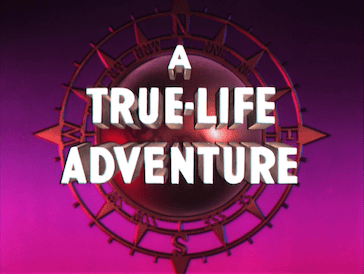
In the 1940s and 1950s, Walt Disney pioneered a new genre with his “True-Life Adventures” series, beginning with “Seal Island” (1948). These nature documentaries represented a watershed moment in wildlife filmmaking, bringing natural history to mainstream audiences through theatrical release. The series won eight Academy Awards and introduced millions of post-war Americans to wildlife conservation concepts when environmental awareness was in its infancy. Though sometimes criticized today for anthropomorphizing animals and occasionally staging sequences, these films created an emotional connection between viewers and wildlife that helped establish the foundation for modern conservation ethics. The success of “Beaver Valley” (1950), “The Living Desert” (1953), and others demonstrated that audiences were eager to learn about wildlife, setting the stage for future documentary filmmakers who would build on Disney’s approach with greater scientific accuracy.
“Silent Spring”: Rachel Carson’s Influence on Environmental Documentary
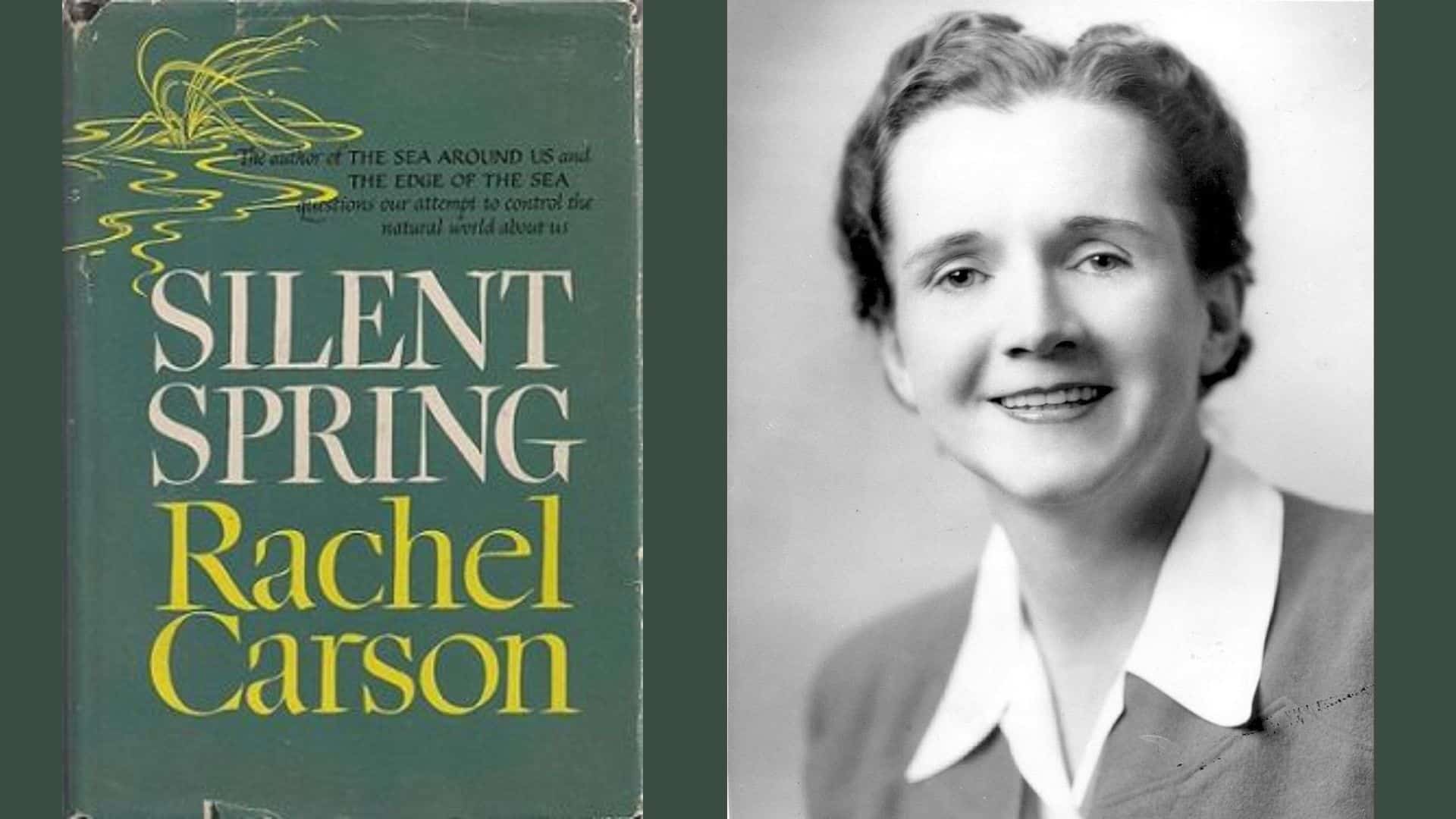
While not a film itself, Rachel Carson’s 1962 book “Silent Spring” profoundly influenced environmental documentary filmmaking. The CBS Reports television special “The Silent Spring of Rachel Carson,” which aired in April 1963, brought Carson’s warnings about pesticide dangers to millions of viewers. This pivotal broadcast marked one of the first times mainstream media translated scientific environmental concerns into compelling visual storytelling. The documentary featured Carson herself explaining how DDT and other chemicals were decimating bird populations and endangering ecosystems. The program received extraordinary public response, helping drive the eventual ban on DDT and inspiring a generation of filmmakers to use visual media as a tool for environmental advocacy. Many conservation-focused documentaries that followed would adopt Carson’s approach of combining rigorous science with emotional appeals about environmental degradation.
“Survival” Series: Pioneering Long-term Wildlife Documentation
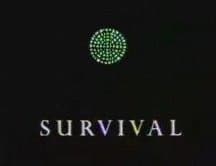
The “Survival” series, produced by Anglia Television beginning in 1961, revolutionized wildlife filmmaking through its patient, scientific approach and unprecedented field time. Unlike earlier nature films that often relied on staged sequences, “Survival” established new standards for authentic wildlife documentation. The series’ breakthrough came with “The Mystery of Animal Behavior” (1969), showcasing previously unfilmed natural behaviors through innovative camera techniques and extended observation periods. Over its four-decade run, “Survival” produced more than 900 films, creating an invaluable archive of species and ecosystems, many of which have since been dramatically altered or lost. The series’ scientific approach influenced conservation by providing visual evidence of wildlife behaviors and habitat requirements that informed protection strategies. Perhaps most importantly, “Survival” demonstrated the commercial viability of scientifically accurate wildlife documentaries, proving audiences would embrace authentic natural history content.
“Gorillas in the Mist”: Bringing Conservation Heroes to the Screen

The 1988 biographical film “Gorillas in the Mist” dramatically transformed mountain gorilla conservation by bringing Dian Fossey’s work to global audiences. While technically a dramatic feature rather than a documentary, the film incorporated substantial wildlife footage and adhered closely to Fossey’s actual conservation experiences. Starring Sigourney Weaver as Fossey, the film vividly portrayed both the majesty of mountain gorillas and the poaching threats they faced. The movie’s impact was immediate and profound: tourism to Rwanda increased significantly, international donations to gorilla conservation skyrocketed, and public pressure helped strengthen anti-poaching enforcement. Mountain gorilla populations, which had dwindled to approximately 250 individuals when the film was released, have since rebounded to over 1,000 today. “Gorillas in the Mist” demonstrated the power of personal narrative combined with wildlife footage to drive conservation outcomes, establishing a template for future films that would spotlight conservation heroes working to save endangered species.
BBC’s “Life on Earth”: Revolutionizing Natural History Programming

David Attenborough’s landmark 1979 series “Life on Earth” fundamentally transformed wildlife filmmaking and conservation awareness on an unprecedented scale. The 13-part series, viewed by an estimated 500 million people worldwide, represented the most ambitious natural history production ever attempted at that time. Its comprehensive approach to explaining evolution and biodiversity created a new template for wildlife documentaries. The series featured countless memorable moments, including Attenborough’s famous encounter with mountain gorillas, but its true innovation lay in contextualizing individual species within broader ecological and evolutionary frameworks. By helping viewers understand the interconnectedness of all life forms, “Life on Earth” fostered a more sophisticated public understanding of conservation needs. The BBC Natural History Unit’s techniques—combining scientific accuracy with cutting-edge cinematography and compelling narration—established a new gold standard for wildlife filmmaking that continues to influence conservation media today. Perhaps most importantly, the series demonstrated that in-depth scientific content could achieve massive popular appeal when presented with visual excellence.
“The Blue Planet”: Unveiling Ocean Conservation Needs
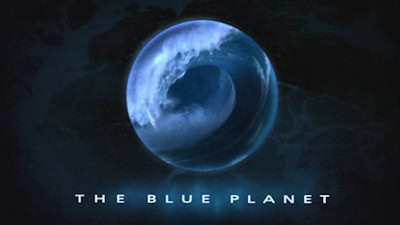
When “The Blue Planet” premiered in 2001, it revolutionized marine conservation by revealing underwater worlds most viewers had never imagined. This groundbreaking BBC series, narrated by David Attenborough, represented five years of production effort across 200 locations and captured numerous marine behaviors filmed for the first time. The series’ impact on ocean conservation was profound and measurable. Following its broadcast, marine conservation organizations reported significant increases in donations and volunteer applications. Educational institutions incorporated footage into curricula, while policymakers cited the series when advocating for marine protected areas. “The Blue Planet” made deep-sea conservation tangible to the public by showcasing the previously invisible impacts of overfishing, pollution, and climate change on marine ecosystems. The series’ sequel, “Blue Planet II” (2017), built on this foundation with an even stronger conservation message, explicitly addressing plastic pollution in ways that directly influenced policy changes, including the UK’s ban on microbeads and reduction of single-use plastics.
“An Inconvenient Truth”: Climate Change Awareness Through Documentary
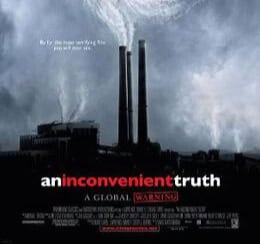
Al Gore’s 2006 documentary “An Inconvenient Truth” transformed climate change discourse from scientific journals to mainstream conversation through its groundbreaking approach to environmental communication. The film combined Gore’s slide presentations with powerful wildlife footage showing climate impacts on species and ecosystems. Its commercial success—grossing $50 million worldwide and winning two Academy Awards—demonstrated public appetite for science-based environmental content when presented accessibly. Research published in the journal “Science Communication” found significant increases in climate change awareness and concern among viewers, with many reporting behavioral changes after watching. The documentary directly influenced policy developments, including California’s landmark Global Warming Solutions Act. For wildlife conservation specifically, the film connected climate change to biodiversity loss in unprecedented ways, helping viewers understand that habitat preservation alone couldn’t protect species facing climate threats. “An Inconvenient Truth” established a new model for conservation filmmaking that seamlessly integrated science, policy advocacy, and calls to individual action—a template followed by countless wildlife documentaries since.
“Blackfish”: The Documentary That Transformed an Industry

Few wildlife documentaries have achieved the direct, measurable impact of Gabriela Cowperthwaite’s 2013 film “Blackfish,” which examined the treatment of orcas in captivity, particularly at SeaWorld. Through compelling visual storytelling and emotional interviews with former trainers, the documentary revealed the psychological and physical effects of confinement on these highly intelligent marine mammals. The film’s impact was swift and dramatic: SeaWorld’s attendance dropped 13% the year following release, its stock value plummeted by 60%, and the company eventually announced the end of its orca breeding program and theatrical orca shows. Beyond these business impacts, “Blackfish” sparked legislative changes, including California’s 2016 Orca Protection Act prohibiting captive breeding. The documentary demonstrated how focused wildlife films can drive concrete policy outcomes by generating intense public pressure. Its success established a template for conservation films targeting specific practices rather than general awareness, inspiring similar documentary exposés on other wildlife industries. Perhaps most importantly, “Blackfish” transformed public perceptions of cetacean intelligence and emotional capacity, fundamentally altering how many viewers conceptualize human-wildlife relationships.
“Planet Earth”: Setting New Standards for Wildlife Cinematography
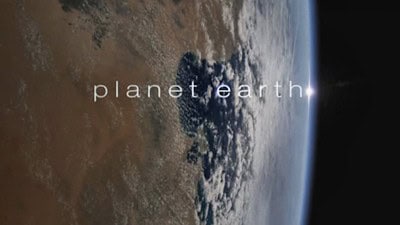
The 2006 release of BBC’s “Planet Earth” marked a revolution in wildlife filmmaking technology and reach. Five years in production at a cost of $25 million, this landmark series employed high-definition cameras, gyro-stabilized helicopter mounts, and time-lapse techniques to capture wildlife behavior with unprecedented clarity. The series reached an estimated global audience of 100 million viewers across 130 countries, making it one of the most watched wildlife documentaries in history. Its conservation impact emerged through visual evidence of rapidly disappearing habitats—from Arctic ice to rainforests—presented in pristine high definition that contrasted sharply with degraded realities. Research published in “Conservation Biology” found that high-definition nature content significantly increased viewers’ stated conservation values and willingness to support environmental causes. “Planet Earth” influenced conservation through its meticulous habitat approach, organizing content by ecosystem rather than species and demonstrating the interconnected nature of wildlife and environments. The series’ commercial success—it became the fastest-selling documentary DVD in history—proved the global market for high-quality conservation content, unleashing a wave of investment in wildlife filmmaking that continues to support conservation messaging worldwide.
“Racing Extinction”: Activism-Oriented Wildlife Documentary

The 2015 documentary “Racing Extinction,” directed by Louie Psihoyos (of “The Cove” fame), pioneered a new approach to conservation filmmaking by directly integrating activism into its production and distribution. The film employed undercover operations to expose wildlife trafficking and used spectacular projection technology to display endangered species on iconic buildings worldwide, including the United Nations headquarters and Empire State Building. These projection events generated immense media coverage, with the Empire State Building event alone reaching an estimated 939 million people through news reports. The film comprehensively addressed extinction drivers—from wildlife trade to carbon emissions—while offering practical solutions. “Racing Extinction” partnered with over 50 conservation organizations to convert viewer concern into action through its #StartWith1Thing campaign, which generated over 100,000 specific conservation commitments. The documentary exemplified “impact filmmaking,” where conservation outcomes are prioritized alongside artistic considerations throughout production. For wildlife conservation, it demonstrated how documentary could evolve beyond observation into direct intervention, employing the filmmaking process itself as a conservation tool while still creating compelling content that reached millions of viewers.
“My Octopus Teacher”: Transforming Human-Wildlife Relationships

The 2020 Oscar-winning documentary “My Octopus Teacher” revolutionized wildlife filmmaking by centering on a personal relationship between filmmaker Craig Foster and a wild common octopus. This intimately filmed production, shot primarily by Foster himself during daily dives in South African kelp forests, departed from traditional wildlife documentary approaches by emphasizing emotional connection rather than scientific detachment. The film’s extraordinary success—becoming one of Netflix’s most-watched documentaries ever—demonstrated unprecedented audience appetite for conservation content highlighting interspecies relationships. Research surveys conducted after the film’s release showed significant shifts in public perception of cephalopod intelligence and emotion, with 87% of viewers reporting increased concern for ocean conservation. The documentary helped drive substantial increases in marine protected area designations in South Africa, including the formal protection of the Great African Seaforest where filming occurred. By portraying a wild animal as an individual with personality, intelligence, and agency, “My Octopus Teacher” helped reshape foundational conservation concepts, suggesting a more relational approach to wildlife protection based on connection rather than distance. Its success has inspired numerous similar projects focused on deep engagement with individual wild animals.
The evolution of wildlife filmmaking from Disney’s early nature documentaries to today’s sophisticated productions represents one of conservation’s most powerful tools for creating global awareness and action. These groundbreaking films have repeatedly demonstrated their ability to influence policy, shape public opinion, generate funding, and inspire behavioral changes that directly benefit wildlife. Research consistently shows that impactful visual storytelling creates stronger conservation responses than text-based or purely scientific communications. As technology continues advancing—with drones, remote cameras, and virtual reality opening new wildlife filming possibilities—the conservation impact of these productions will likely grow even stronger. The most effective conservation films combine scientific accuracy with emotional resonance, helping viewers see themselves as connected to rather than separate from the natural world. These twelve transformative wildlife films demonstrate that when created with conservation intent, such productions don’t merely document nature—they fundamentally change how humans perceive and protect it, making wildlife filmmaking an essential component of global conservation efforts now and into the future.
- The Last Surviving Megafauna That Still Roam the Earth - August 23, 2025
- The Fish That Builds Nests - August 23, 2025
- The Insect That Ices Itself - August 23, 2025

